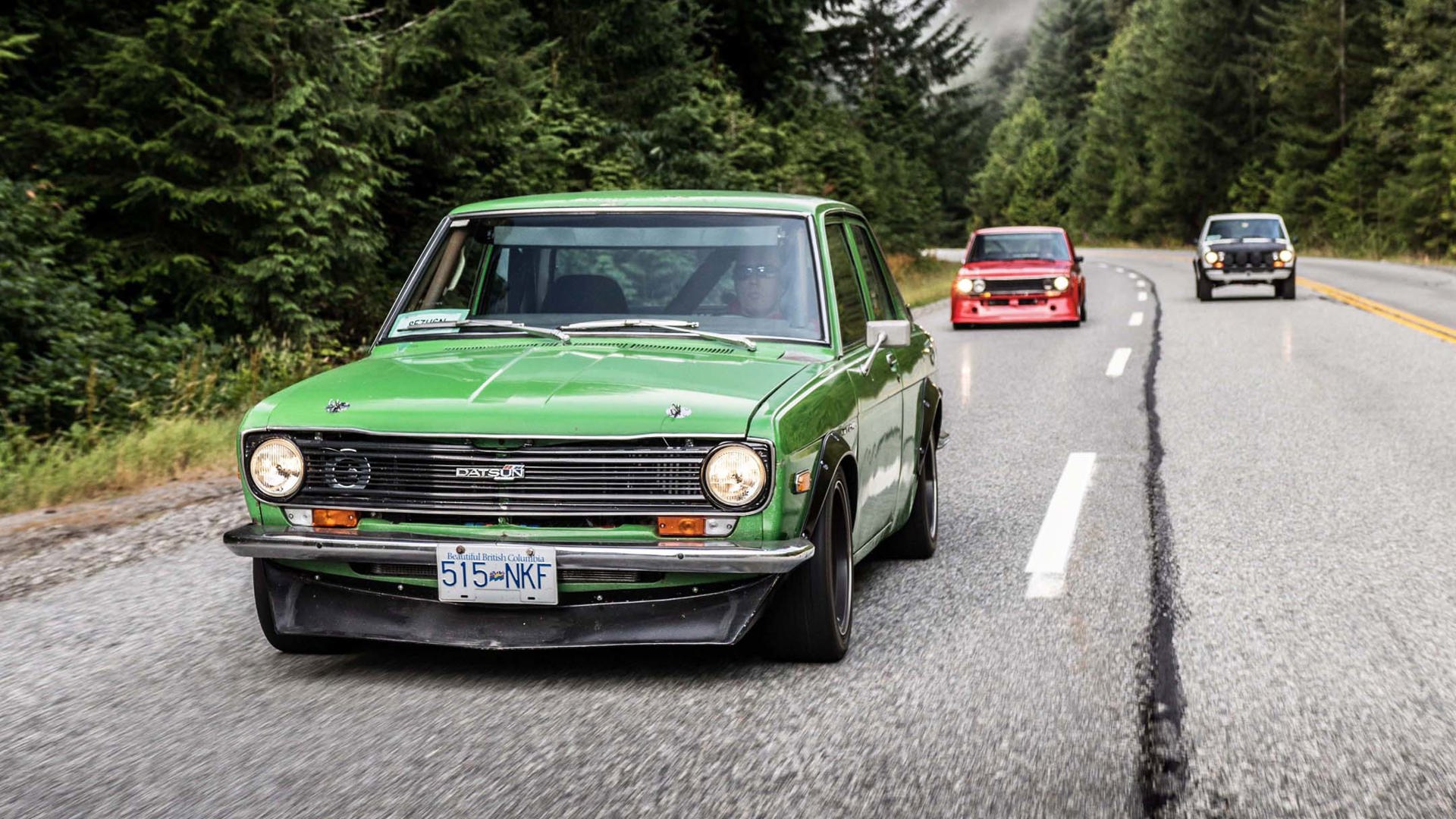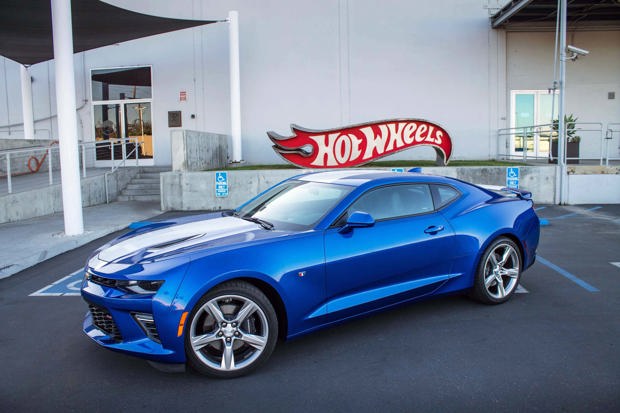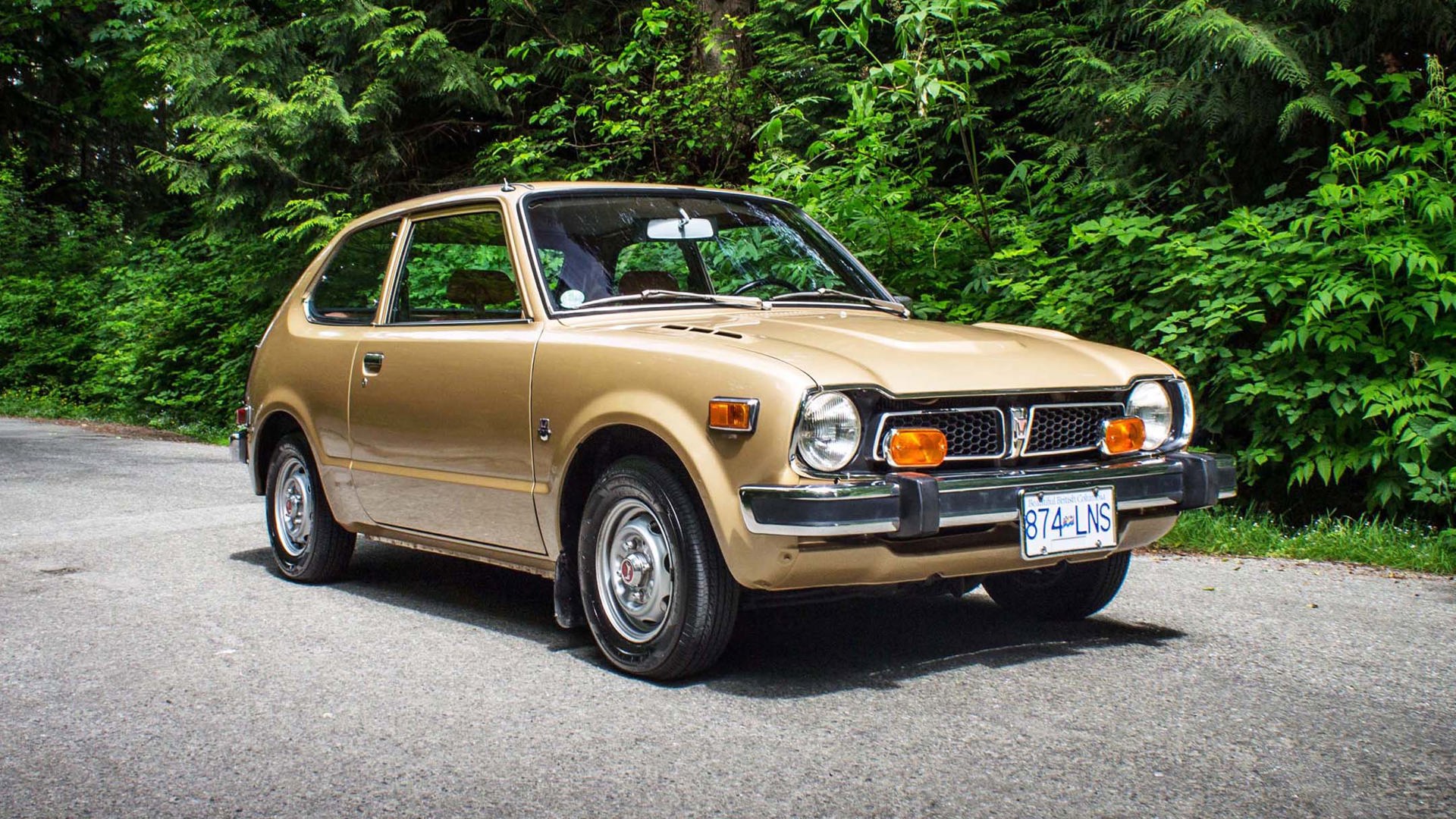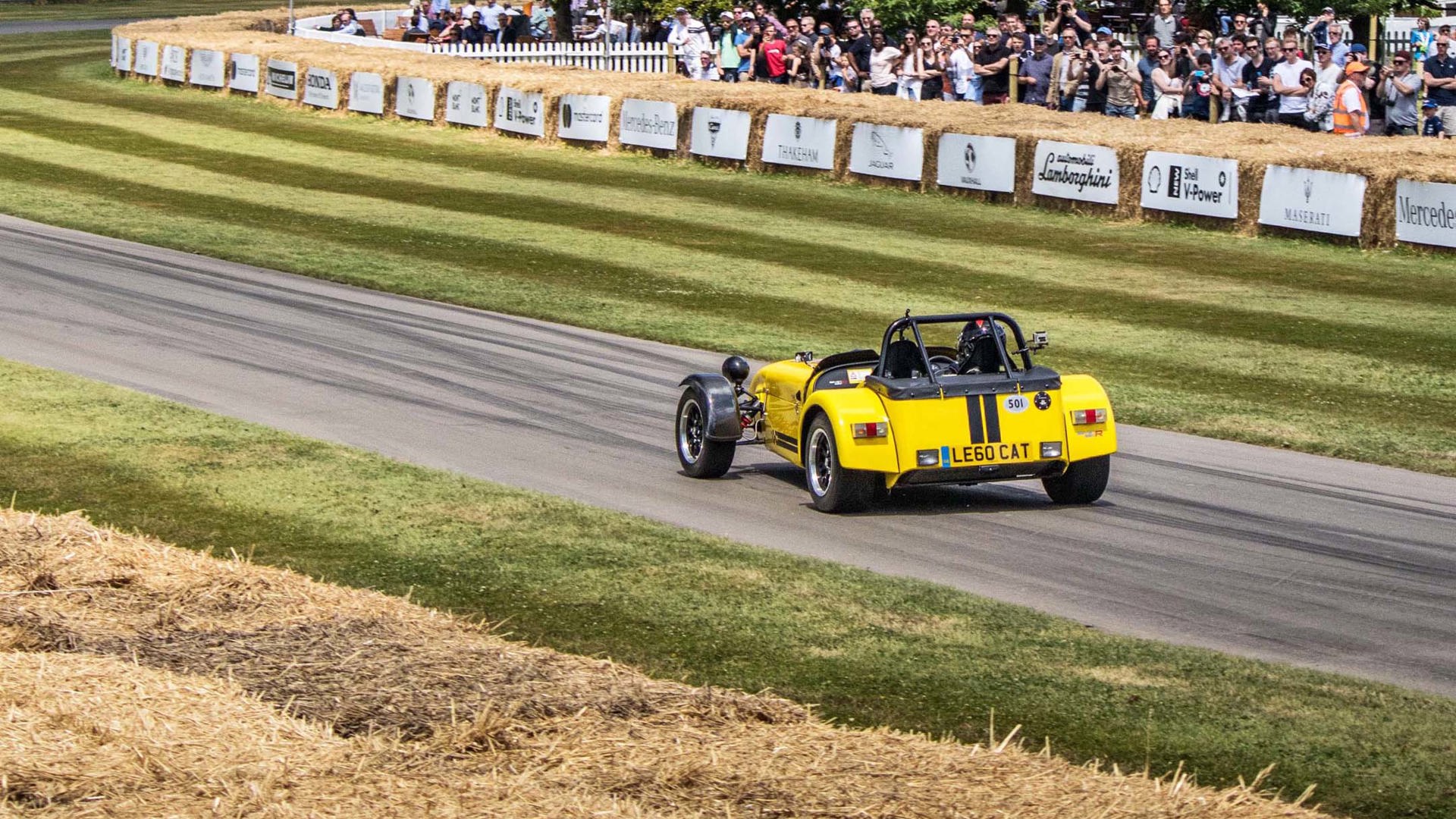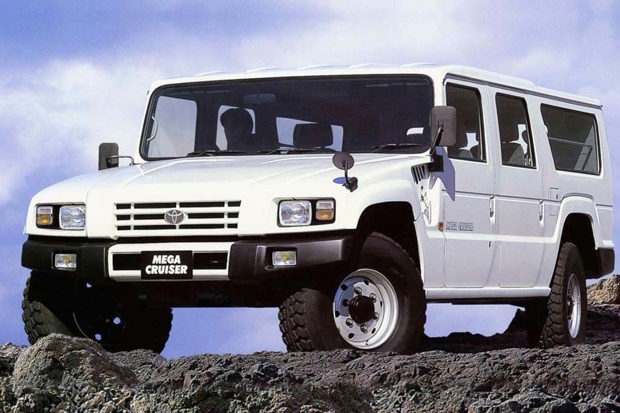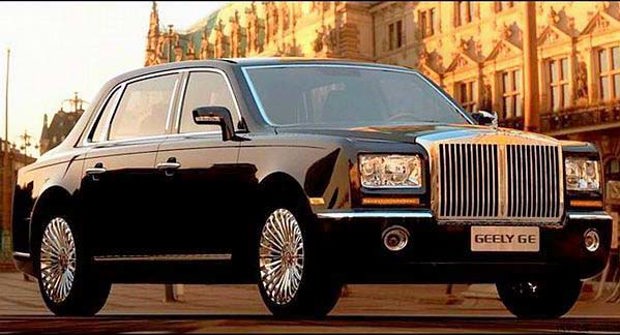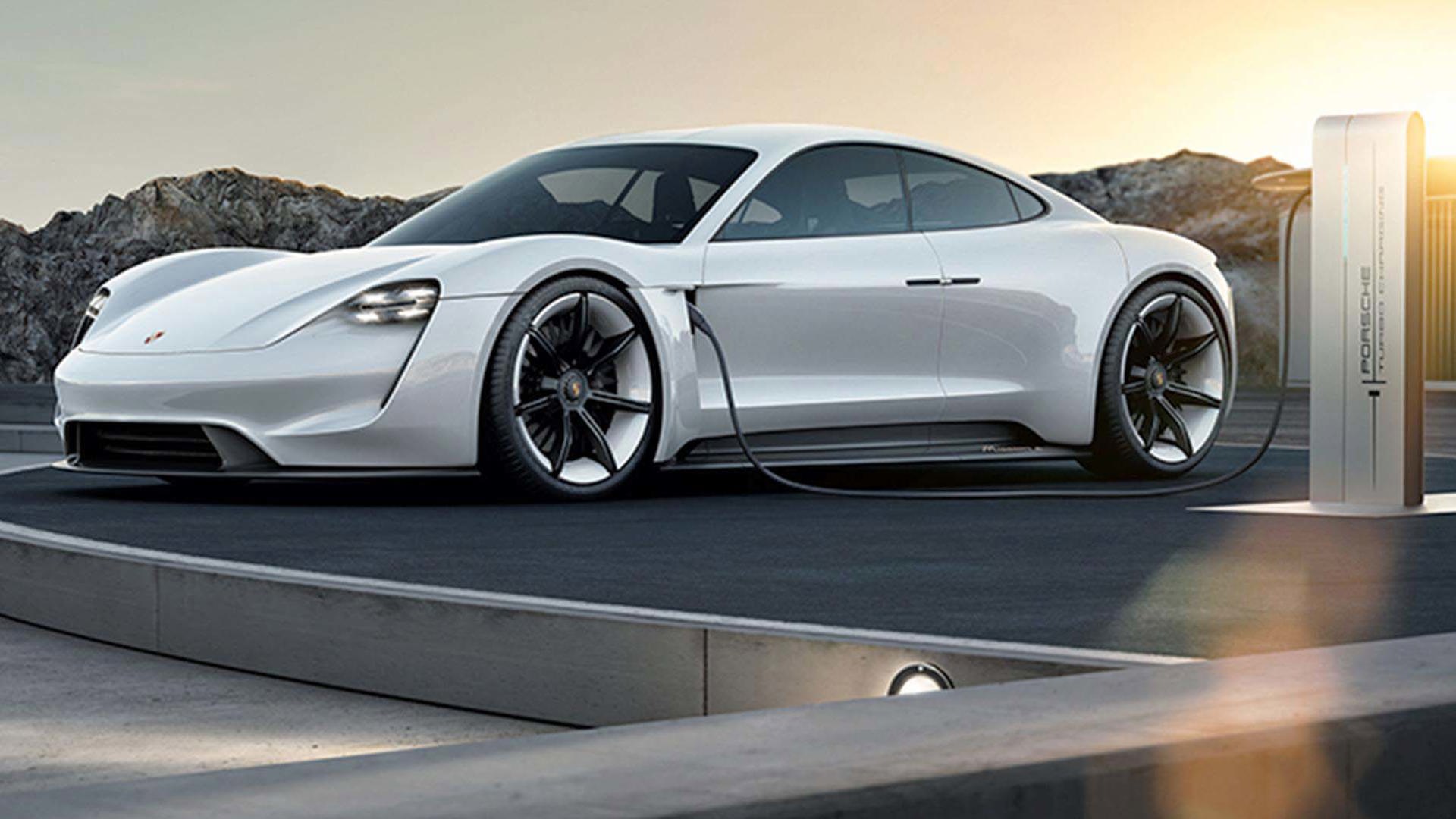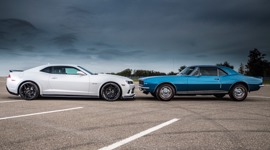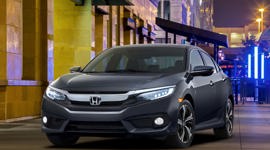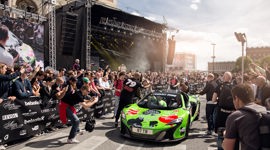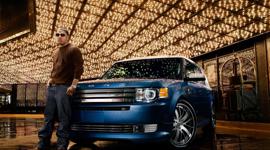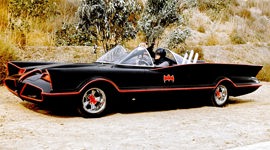Imitation is the sincerest form of flattery. It’s also the sincerest form of trying to horn in on somebody else’s profits. In the auto-manufacturing sphere, there are both innovations and imitations, and sometimes we shouldn’t be so harsh to judge the latter. After all, a little copycat flattery sometimes causes everyone to up their game.
Here are 10 times a company took the path previously travelled, for good and for bad.
Chevrolet Camaro
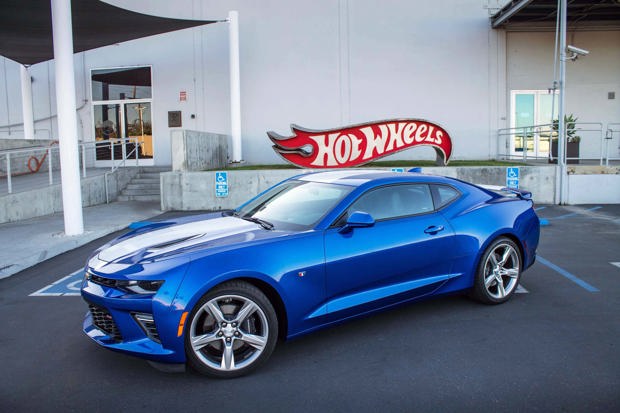
A small, vicious animal that eats Mustangs. Well, you have to come up with a line like that after you’ve been second off the draw. Perhaps no other mainstream pair has a rivalry like the Camaro and Mustang, but it was the Ford that was first.
Thing is, the pony car segment isn’t a shootout, it’s a boxing match. Landing the first punch isn’t as important as continuing to batter away at sales supremacy, landing some body blows in the process. In the Mustang’s corner, the Shelby GT350 packs a wallop and the 2.3L EcoBoost motor brings turbo-’Stang power to the masses. However, with the 2018 Chevrolet Camaro ZL1 models and the available 1LE package, the Camaro’s got the dynamic edge. Yes, Chevrolet may have stepped into the ring late, but we should all be glad they did.
Land Rover
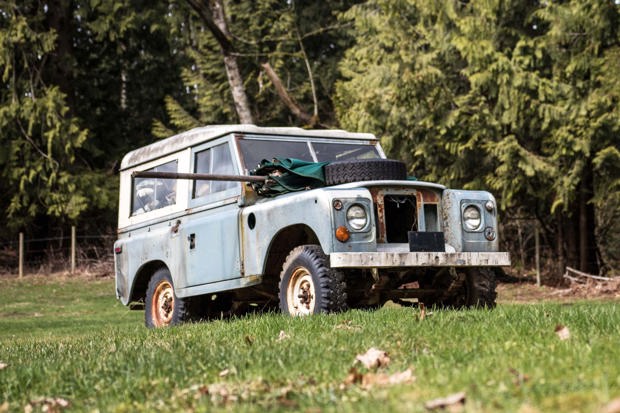
It pains me to say it, old chaps, but I’m afraid the Yanks were first on the beaches here. Thousands of Jeeps were left behind in the UK after WWII, and it took a few years for the Brits to realize their potential.
In a period of rebuilding, farmers eagerly sought an agricultural machine that could also serve as a general-purpose vehicle, and the surplus Jeep was it. Inspired by its toughness, and possibly by a sheet of 4x8 plywood, the original Land Rover’s designers came up with a rough-and-tumble border collie that would go on to transcend the British class structure. How very American.
Pontiac Solstice / Saturn Sky
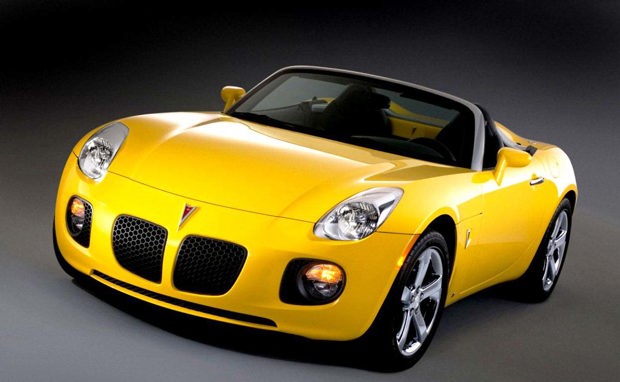
An imitation of the Lotus Elan in itself, few modern roadsters have inspired as many rivals as the Mazda Miata. It seems everybody wants a slice of that affordable drop-top pie, and the Solstice / Sky was the General’s attempt.
It wasn’t a bad effort, especially as the GXP model of the Solstice (mirrored by the Sky redline) offered something the Mazda MX-5 never did: power. An available 260 hp turbocharged four-cylinder made the Solstice punchy where the MX-5 made you work for your momentum. It didn’t translate into sales success, but more affordable sports cars is never a bad thing.
Original Honda Civic

The first Honda Civic was a lovable and thrifty machine with lots of personality. It featured clever, space-efficient front-wheel-drive packaging, was light and nimble, and was cheap to buy and run. Is any of this sounding familiar?
That’s right, it was basically the Mini! Except – and here’s the clever bit – Honda managed to figure out how to keep the smoke in the wires and the oil in the engine. British Leyland did not. Still, at least both are very prone to rust, so there’s that.
Caterham
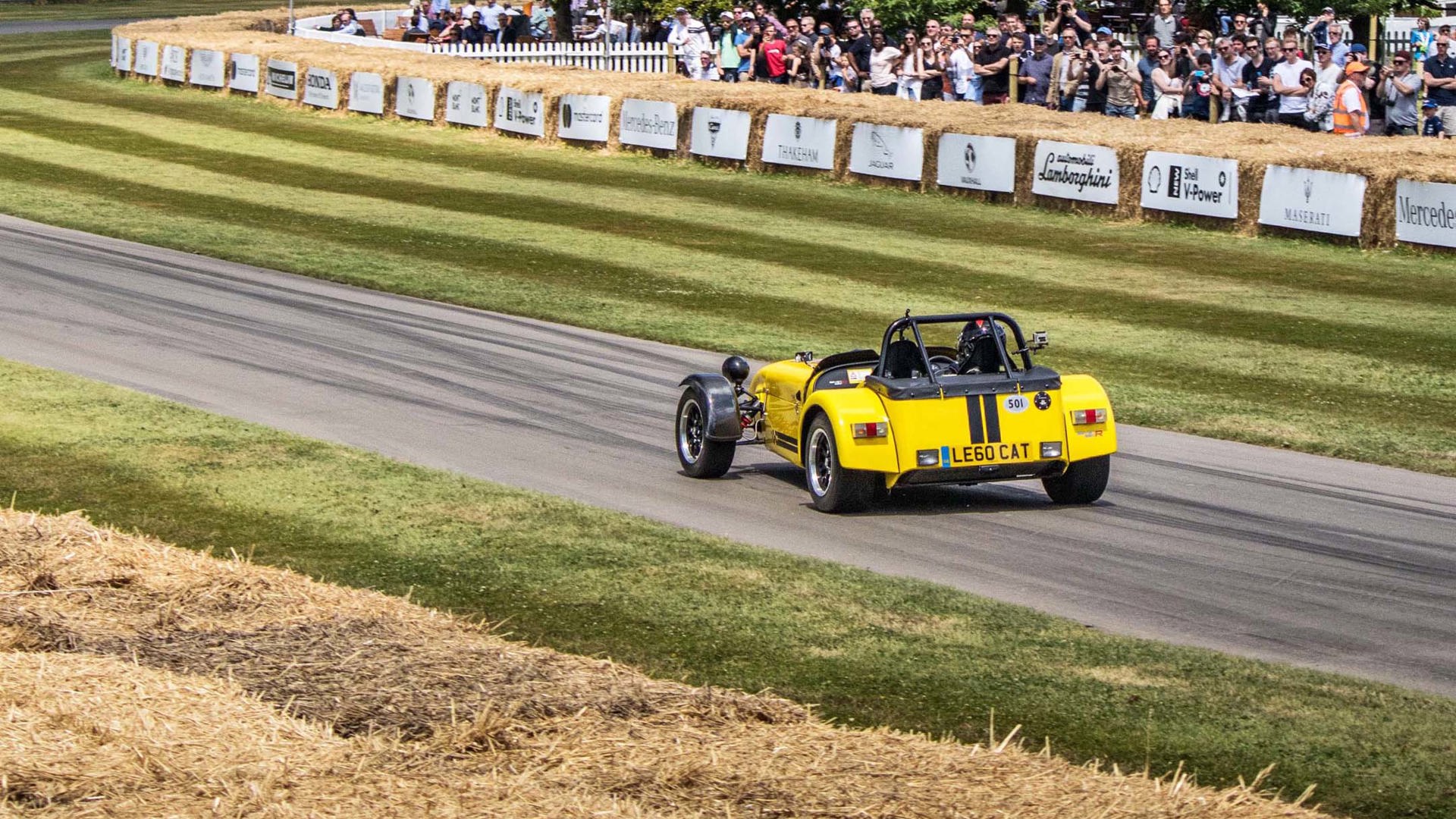
The original Lotus Super Seven was the essential distillation of Colin Chapman’s dream: simplify, and add lightness. So complete was its commitment to shedding weight, that bits occasionally fell off. Well, “occasionally”. I guess we should just say frequently.
However, it’s a recipe that continues to work, thanks to the excellent work of the good people at Caterham. More an evolution than a copy, Caterham cars like the 620R are still relevant today, capable of blasting up the hill at Goodwood faster than most of the supercar field.
Datsun 510
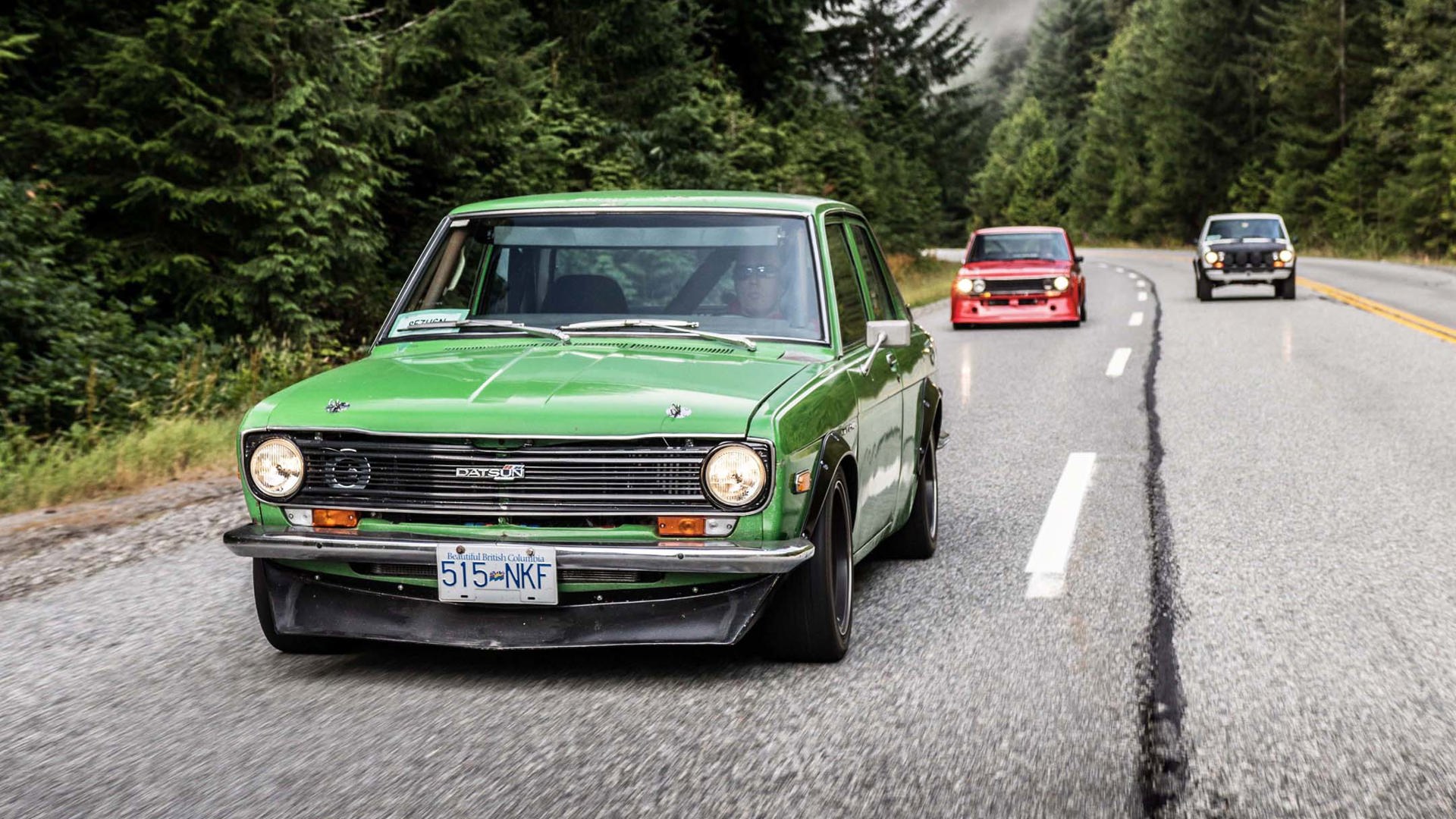 In the 1960s, most Japanese cars were disposable junk. Seen as cheap and faintly miserable, they were purchased primarily on price, not performance. The Datsun 510 changed all that.
In the 1960s, most Japanese cars were disposable junk. Seen as cheap and faintly miserable, they were purchased primarily on price, not performance. The Datsun 510 changed all that.
Or rather, the BMW 2002 changed people’s ideas about sporty little sedans, and then the Datsun 510 came along and benchmarked the 2002. It was an audacious move, but one that set a new bar for Japanese performance. Too bad that Nissan doesn’t much seem interested in recreating the magic these days.
Toyota MR2
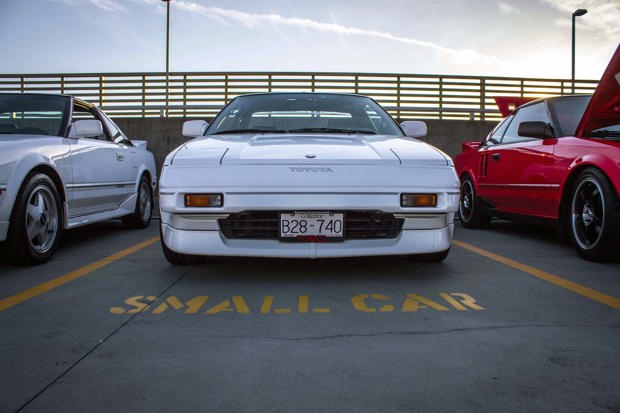
Once upon a time, there was a wedgy little car called the Fiat X1/9. It looked a bit like a Lancia Stratos, it was safe and modestly powered, and it broke. Like, it broke a lot. Even for an Italian car.
Happily, here come the Japanese again with a new twist: what if, and hear me out here, the doors don’t fall off? The result was the sprightly little original MR2, now a modern classic. It, too, has little in the way of horsepower, but it’s nonetheless a delight to drive.
Toyota Mega Cruiser
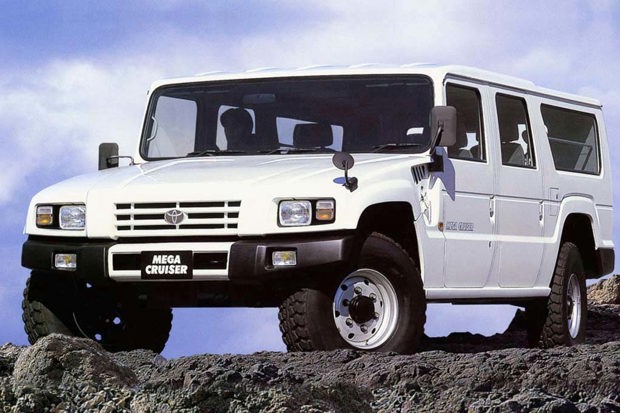
Most people are familiar with the Toyota copy of the Jeep, the early Land Cruiser. But did you know they also had a go at copying the Hummer?
The Mega Cruiser is just what it sounds like, a huge, bluff-prowed military-spec vehicle intended to haul howitzers around. Not a financial success for Toyota, but neither was the civilian version of the Humvee.
Geely GE
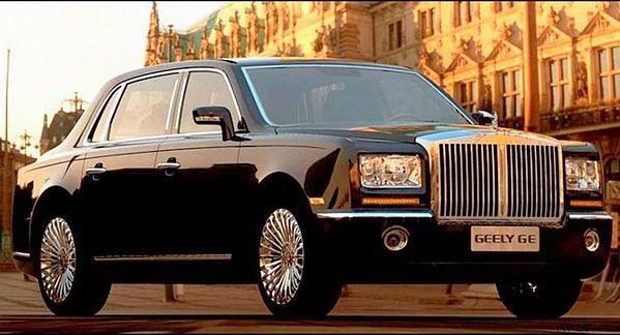
There’s imitation, and then there’s photocopying. If there’s one thing the Chinese are good at, it’s blatantly stealing the styling of automotive manufacturers, then making a knockoff version for thousands less.
There are too many examples to name, but the Geely GE has got to be up there. From the huge grille to the giant chrome wheels, it’s a dollar-store version of a Rolls-Royce Phantom. But don’t worry, there’s a new version coming, and this time it rips off Bentley instead.
Porsche Mission-E
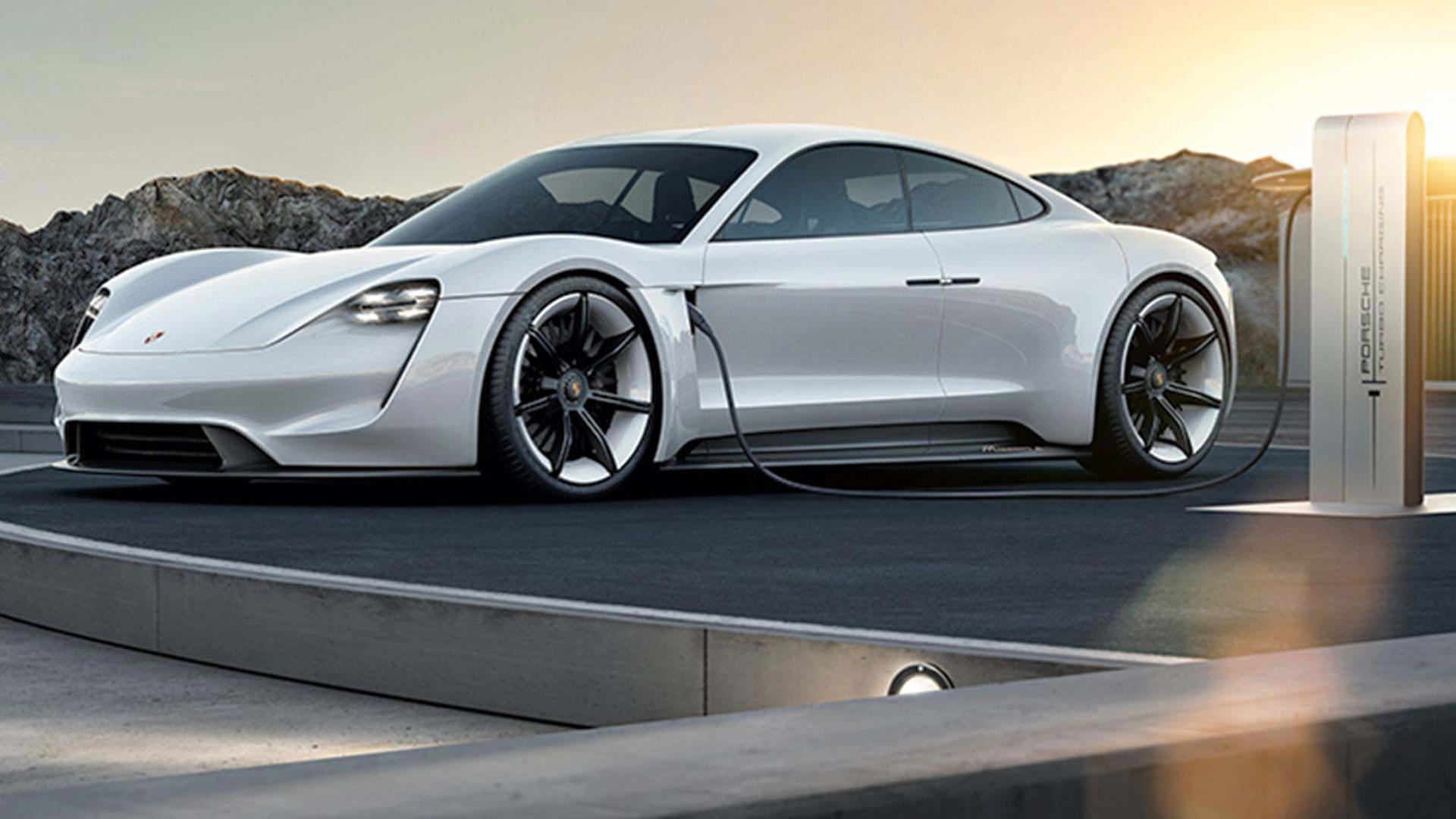
I don’t wish to give Tesla too much credit here. The company is horribly overvalued at the present time, and its fans are not what you’d call open to rational criticism. However, there’s no denying that Tesla has managed to move electric vehicles upscale in both price and performance, and the big names have been watching.
Here’s the first dart out of Stuttgart that might let the air out of Tesla’s balloon. Porsche’s Mission-E will probably lose to the Tesla Model S in a straight line, but it’ll more than make the time up in the corners. It also won’t have panel gaps like a 1930s chicken coop. Porsche won’t admit they’re building a Tesla-fighter, but the pricing and all-electric performance tell the tale. Built in Germany, inspired by California.
